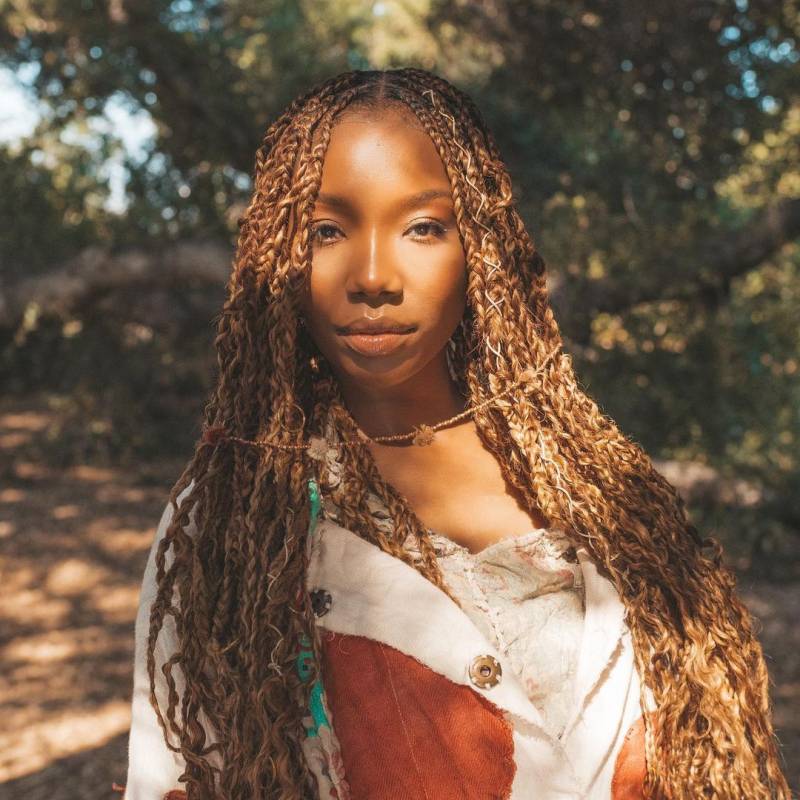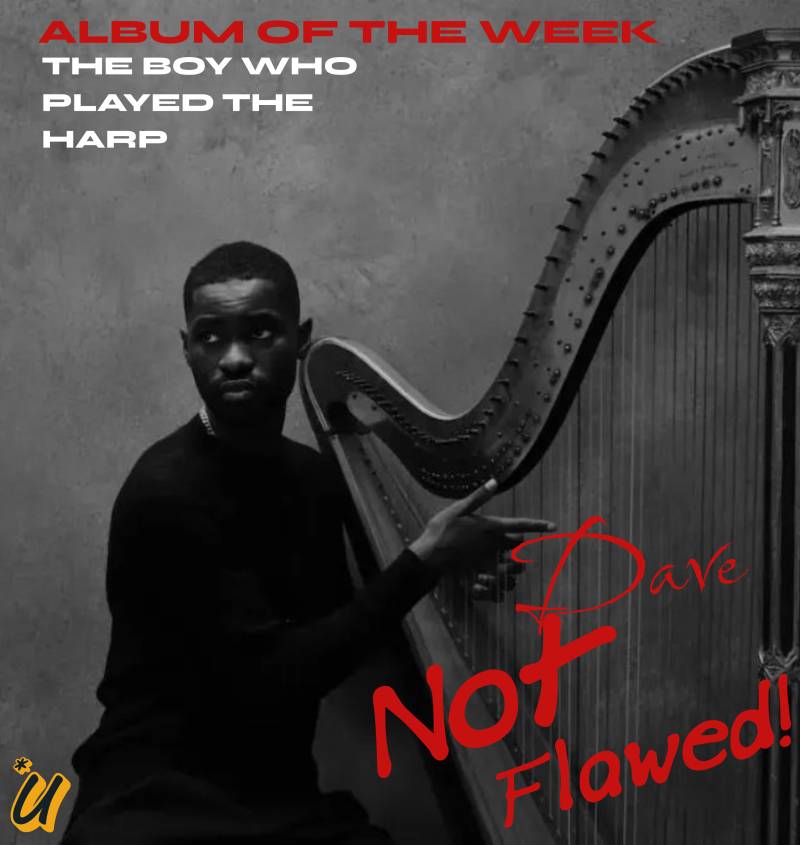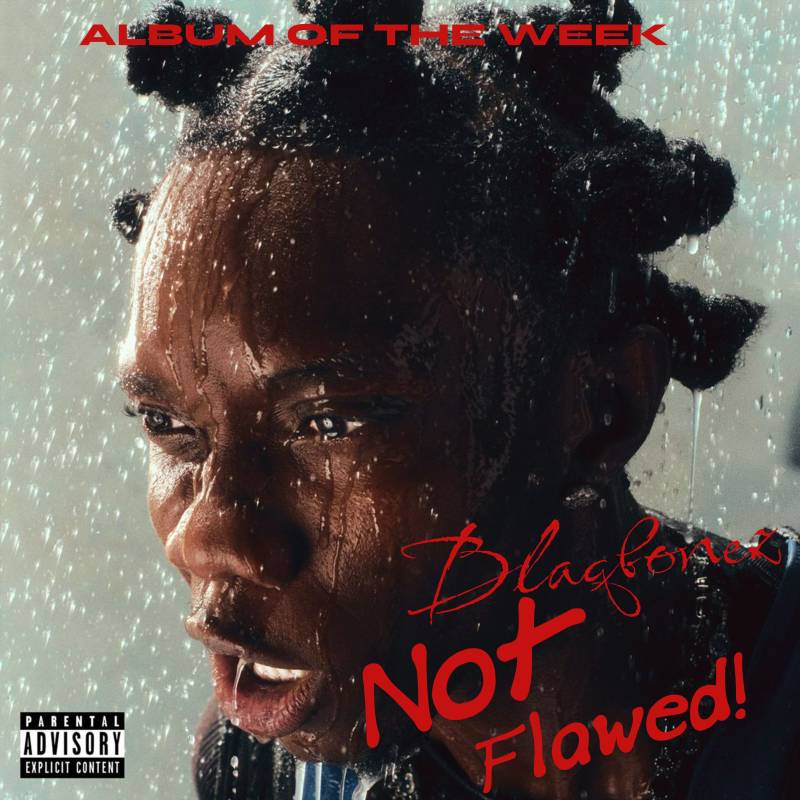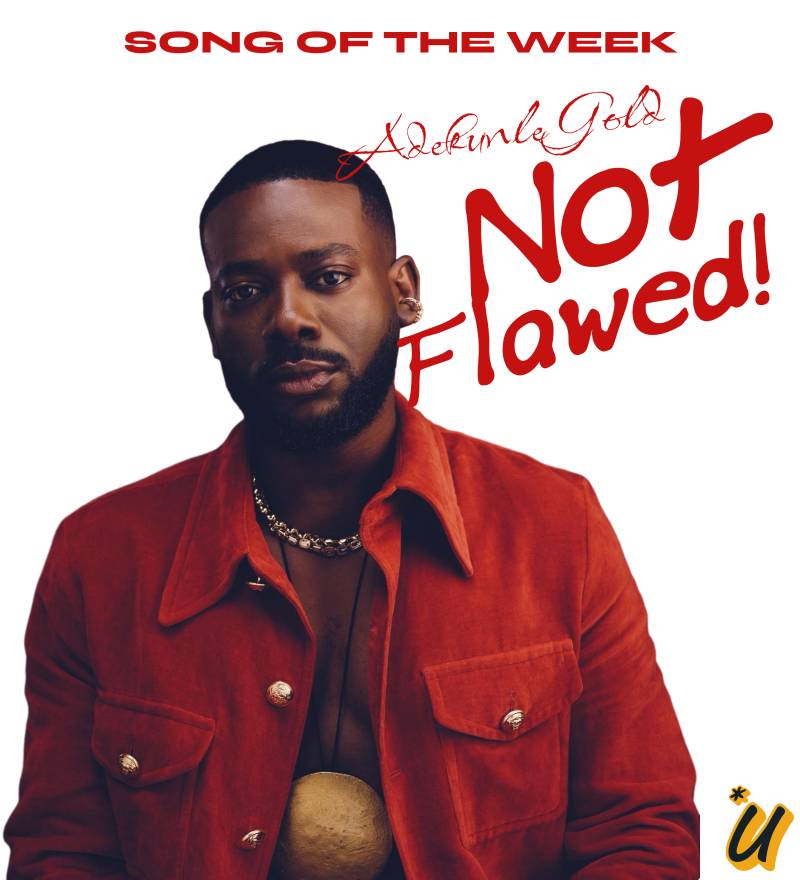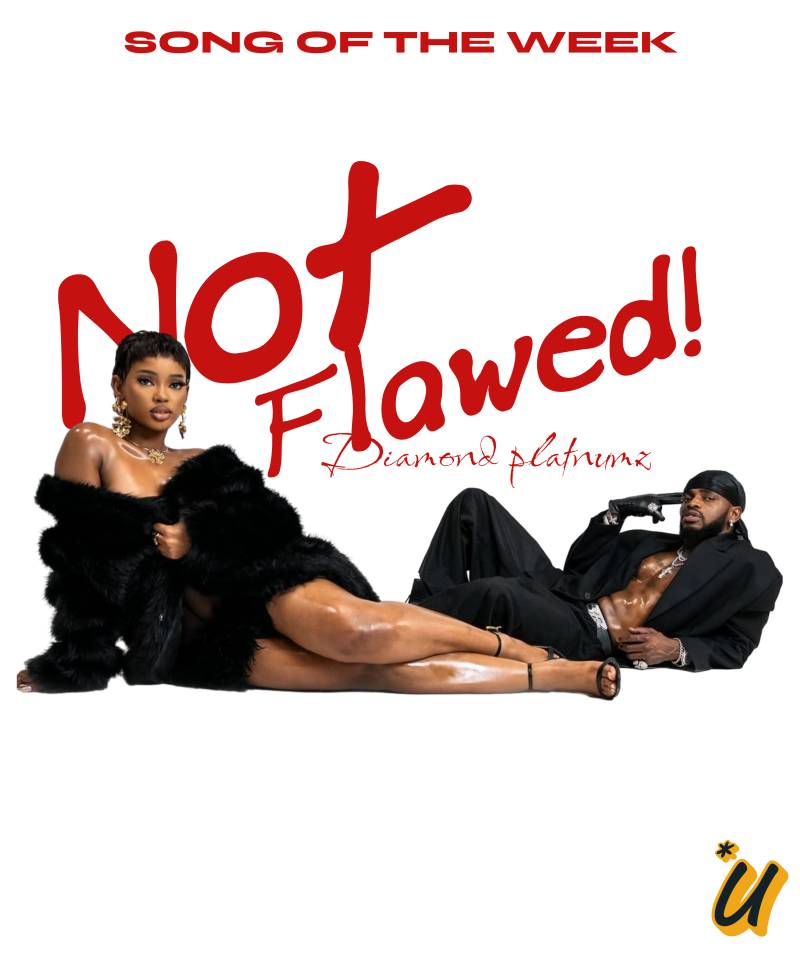Billboard is celebrating 20 years of music this week with a series of lists and stories. Our 2002 Week continues with a look at Brandy's Full Moon, one of the year's most groundbreaking full-length releases, with contributions from some of the people behind it and a few of the many artists that were impacted by it.
Melanie Fiona, an R&B singer/songwriter from Toronto, was just out of high school when she initially entered the music industry in 2001, years before she became a Grammy-winning performer. She was starting to think about what singing might entail as a career, rather than just listening to Whitney Houston records at home and pushing her voice to its limit while singing along. Over the next year, she focused on developing a career strategy that included a place for her raspy, diverse vocal range. However, something changed creatively when Brandy released her Full Moon album in March 2002.
This album just gave me the vocal workout and the vocal bar set for what I've always wanted to feel like I could sing along to an album with - something I could want to produce and perform one day," Fiona tells Billboard. She studied every nook and cranny of the harmonies, riffs, and ad-libs throughout Full Moon like it was scripture, enthralled by the record and running it from top to bottom. "It's called a 'Vocal Bible,' but for me, this record was that.
When Brandy went into the studio to record Full Moon in June 2001, she had already undergone a makeover. It had been three years since her multi-platinum sophomore album Never Say Never, which featured her biggest hit, the chart-topping and Grammy Award-winning Monica duet "The Boy Is Mine," was released in 1998. She'd been off the grid for two years, focussing on self-healing after a terrible period of mental pain, after her starring role in the successful comedy Moesha had officially ended in May 2001.
PJ Morton, keyboardist and soul soloist for Maroon 5, says, "A lot of people speak about the harmonies, but I believe the way Brandy sang – her delivery on her verses was cutting edge, too." "It just felt like all the stuff that musicians and singers would mess around with but never put on the record," says the artist.
According to Atlantic Records CEO Craig Kallman, who worked on the album as both A&R and executive producer, the goal of creating Full Moon was to unlock a unique sound that was both innovative in setting Brandy apart from the other players on the field and progressive in shifting the goalposts forward following Never Say Never. He says, "With both of those albums, there was clearly a big desire to push the limits as far as we could and be trailblazer and a leader sonically, so we'd have an R&B and pop record that just didn't sound like anything else."
Brandy realized that the key to moving forward was to build on the foundation she had laid with Rodney "Darkchild" Jerkins when the superstar producer oversaw the majority of Never Say Never. As they approached Full Moon, they had fallen into such a synchronized rhythm as a collaborative team that composing music together was almost too simple for them. They understood what would work, but they were looking for a challenge in pushing the record's limitations to their limits. Brandy wants to experiment with her lower register and use other parts of her voice.
When Jerkins met Brandy for Full Moon, he was in the middle of finishing Michael Jackson's Invincible album from 2001. He brought over the sound tactics he'd picked up from the King of Pop as he traveled between both artists' sessions at Miami's Hit Factory. When "It's Not Worth It" was cut from Invincible, it found its way into Brandy's hands, complete with Jackson's ad-libs. "I had never recorded backdrops like that in my life," Jerkins says of the way he recorded them with Michael Jackson.
